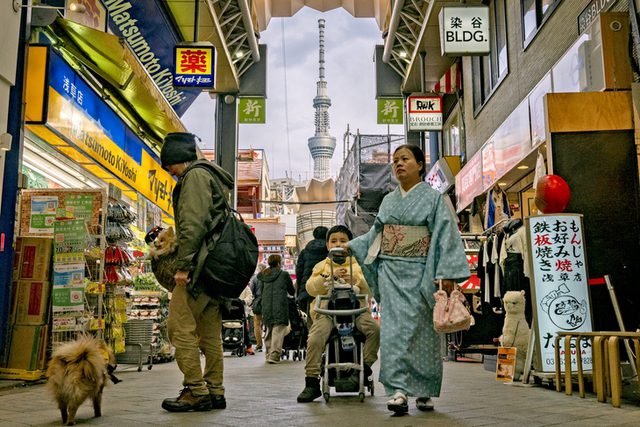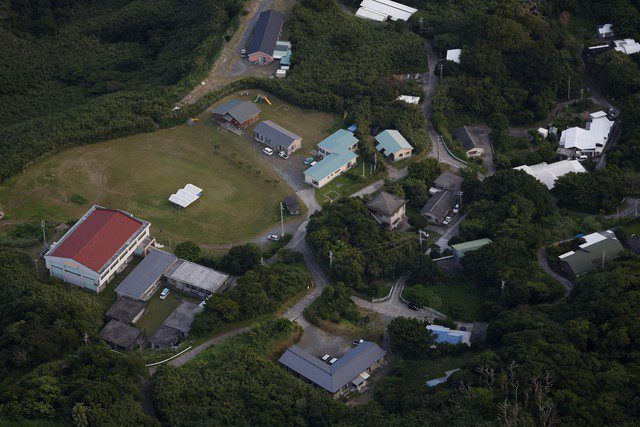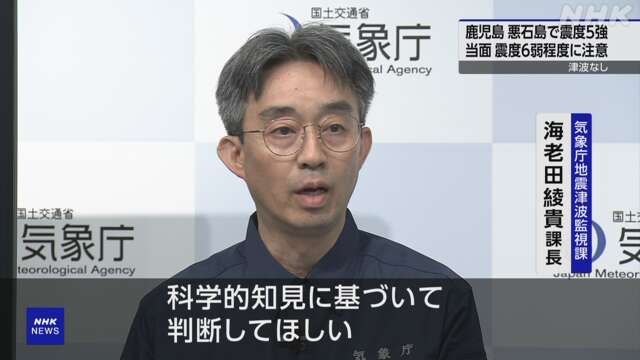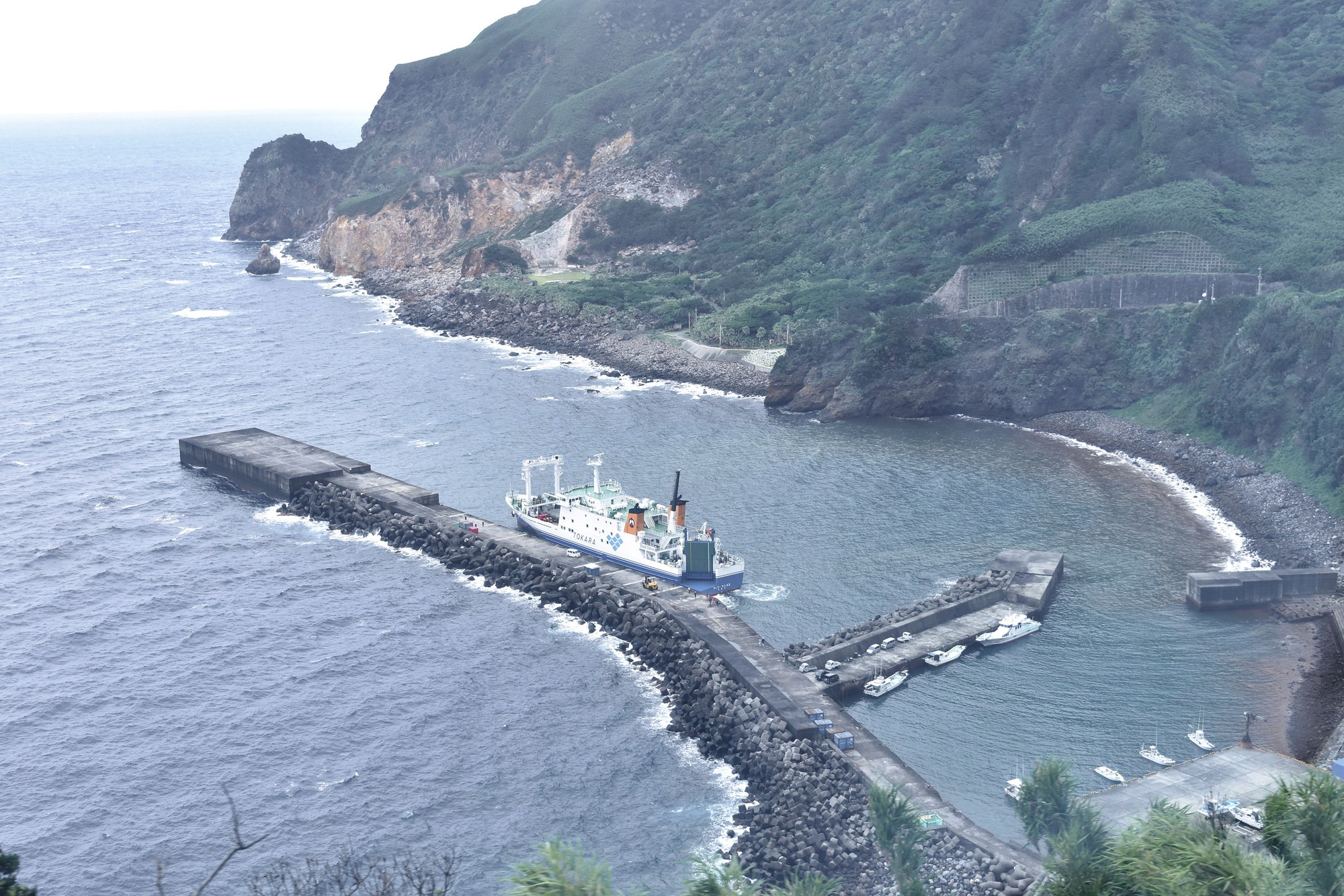Author of the Comic Warns Against Predictions Due to Potential Natural Disasters
Recently, alarming news about a natural disaster predicted to occur in Japan has spread rapidly on social media, originating from a comic titled “The Future I Saw” (Những điều tôi thấy trong tương lai) created by artist Ryo Tatsuki.
The comic presents a shocking vision of a major earthquake and tsunami hitting Japan and surrounding countries on July 7, 2025, specifically on July 5, 2025.

In the comic “The Future I Saw – Complete Edition,” the author writes: “On July 5, 2025, there will be a 7.5 magnitude earthquake between Japan and the Philippines,” and “There will be a large tsunami that affects the coastal nations around the South China Sea,” noting that “The height of the tsunami will be three times that of the earthquake on March 11, 2011.”
Though Tatsuki has publicly stated that this prediction is not a prophecy, it has nonetheless raised numerous concerns.
On July 5, about 250,000 people tuned in to a live broadcast on YouTube by the Japan Meteorological Agency, waiting for the predicted disaster to occur at 4:18 AM local time. However, no earthquake took place.
On July 4 – the day before the predicted disaster – Ryo Tatsuki clarified that the warning in the book was not authored by her but was a result of editorial decisions. This statement caused a stir in Japanese online communities, particularly on the 5ch forum (the Japanese version of Reddit). Many users criticized her, calling her a “liar who is trying to deceive the public.”

More specifically, according to Japanese media, Ryo Tatsuki gained notoriety for her “end of the world predictions” before the date of the forecast. She expressed difficulty in handling the situation, and the editorial team of the publication may become a target of public scrutiny. Tatsuki emphasized that the wording in the “Complete Edition” does not reflect her intent and focuses on advertising rather than the content of the comic.
Such statements have led to many opposing opinions. Some users firmly stated: “Any statement is because she wrote it, just blame the editorial team,” “Don’t act like a prophet,” “Right now, everything is just a game,” and “Clearly, it is an exploitation of the doomsday prophecy to boost sales.”
However, there are also some users who have a more optimistic attitude, feeling fortunate that nothing happened. “At least nothing happened; the people are calm,” “Kagoshima today experienced an earthquake of 5.3 on the Richter scale; it’s as if she predicted a disaster for no reason,” “If it had happened, then we would need to investigate further.”
The Comic’s Predictions Could Seriously Impact Japanese Tourism
It is known that the comic titled “The Future I Saw” (Những điều tôi thấy trong tương lai) by artist Ryo Tatsuki first published in 1999 and was republished in 2021.
The important point is that the first edition of the manga warned about a significant natural disaster occurring in March 2011 – a time when Japan was heavily impacted by the Tōhoku earthquake, tsunami, and subsequent humanitarian disaster affecting thousands of people.
However, concerns do not only lie on paper but are compounded by the fact that Japan is currently experiencing an increase in seismic activity. Just recently, there have been over 900 earthquakes recorded, most of which are minor tremors, in the southern Kyushu region.

Despite the specialized opinions regarding earthquake predictions being “impossible,” the news has caused a significant decline in international tourist numbers to Japan. The number of flights booked from Taiwan, South Korea, and Hong Kong to Japan has decreased dramatically since April.
Specifically, the average number of bookings from Hong Kong has dropped by 50% compared to the same period last year, according to data from ForwardKeys. Notably, bookings for the end of June to early July – the period during which the predicted earthquake was supposed to occur – have decreased by as much as 83%.
The unease is not only confined to the mental state of international tourists. Bloomberg reported that economist Takahide Kiuchi (Nomura Research Institute) estimated the potential economic damage could reach up to $3.9 billion if tourism continues to decline.
What happened on July 5 in Japan?
After more than 1,300 earthquakes occurred in the Tokara Islands area, just outside Kagoshima Prefecture, a strong earthquake of 5.3 magnitude struck early morning on July 5. Although there was no tsunami warning, Japanese authorities continued to advise the public to stay alert to other potential earthquakes that could reach a magnitude of 6 or higher in the near future.
Even though it did not cause serious damage, it still left the local residents in a state of anxiety. Many people had evacuated their homes to seek safety. As of 10 AM on July 5, more than 20 people had already registered to evacuate to the city of Kagoshima. The evacuation plan was set to begin on July 6.

On July 5, after the earthquake of over 5 magnitude occurred, Mr. Ayaki Ebita, head of the Japan Meteorological Agency’s Earthquake and Tsunami Surveillance Department, held an emergency press conference.
Mr. Ebita once again denied the prediction of a “big tsunami” made by comic artist Ryo Tatsuki, asserting that the information was completely unfounded and lacked scientific basis. He also reminded the public to always be prepared for disaster prevention work, as Japan typically experiences at least 2,000 earthquakes each year.
He emphasized that, according to current scientific standards, predicting the precise time, scale, and location of an earthquake is virtually impossible. The occurrence of earthquakes mentioned in the comic is merely a coincidence.

“Regarding the predictions in the comic, from a current scientific perspective, accurately predicting the exact day, time, and scale of an earthquake is very difficult. Therefore, even if an earthquake occurs randomly, there is no scientific basis for it. Moreover, Japan is still a country that frequently experiences earthquakes. Therefore, I urge everyone to always be prepared for disaster prevention work,” said Mr. Ebita.
He added, “Typically, Japan experiences about 2,000 earthquakes with a magnitude of 1 or higher every year, with some years exceeding 6,000 earthquakes, for example, in 2016 there were 6,587 earthquakes. If earthquakes occur frequently, then in a day, there can be more than 10 earthquakes. When it comes to predictions about earthquakes, although there can be discussions, the emphasis should be on the human relationship.”
The “super quake” in Japan “is likely to occur.”
However, concerns about the “super quake” are not baseless, as the Japanese government estimates the likelihood of a significant earthquake occurring in the Nankai Trough region within the next 30 years is up to 80%.
The Japanese government has estimated that such an earthquake could cause serious repercussions, with approximately 300,000 people displaced and economic damages reaching up to 270 billion USD, along with over 2.35 million buildings completely destroyed.

Leading earthquake expert from South Korea, Professor Hong Tae-kyung (Yonsei University), noted that a significant earthquake in the Nankai region is almost certain to occur within the next 30 years. This situation does not only pose risks to Japan but also affects the Korean Peninsula with seismic tremors reaching up to 30 cm.
“An 80% probability means that this event is almost certain to occur,” said Professor Hong. “From a scientific perspective, an 80% chance in the next 30 years means an earthquake could occur as early as today, even though that does not guarantee it will happen immediately.”
Concerns are increasing as more than 1,000 earthquakes have occurred near the Tokara Islands since the end of June. According to data, from June 20, there have been 60 earthquakes with magnitudes of 4.0 and above recorded within a 25 km radius, of which 7 earthquakes had magnitudes of 5.0 and above. Most recently, a 5.6 magnitude earthquake occurred.
As a result of the increasing anxiety regarding a potential future disaster, Japan and other neighboring countries must be vigilant and prepare preventive measures to protect the lives and properties of their citizens.
Source: ETToday, NHK, MK




















